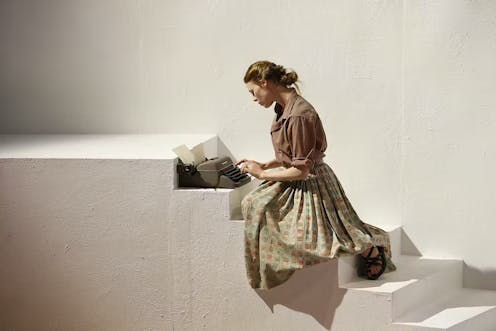'the problem is that my success seems to get in his way' – the fraught terrain of literary marriages
- Written by Kerrie Davies, Lecturer, School of the Arts & Media, UNSW Sydney

“It’s true to say that writers are selfish people,” the novelist Elizabeth Jane Howard once said. “But it’s not quite enough of an excuse.”
Howard was married to British author Kingsley Amis[1]. Novelist Martin Amis[2], Kingsley’s son, credited his stepmother for encouraging his own writing career – not his father. But exhausted by the biggest child in the house – Kingsley – Howard often felt “too worn down by insecurity and fatigue to write”. “He got up and wrote,” Howard recalled. “Then he ate lunch, had a walk or sleep, and then he wrote again.”

















